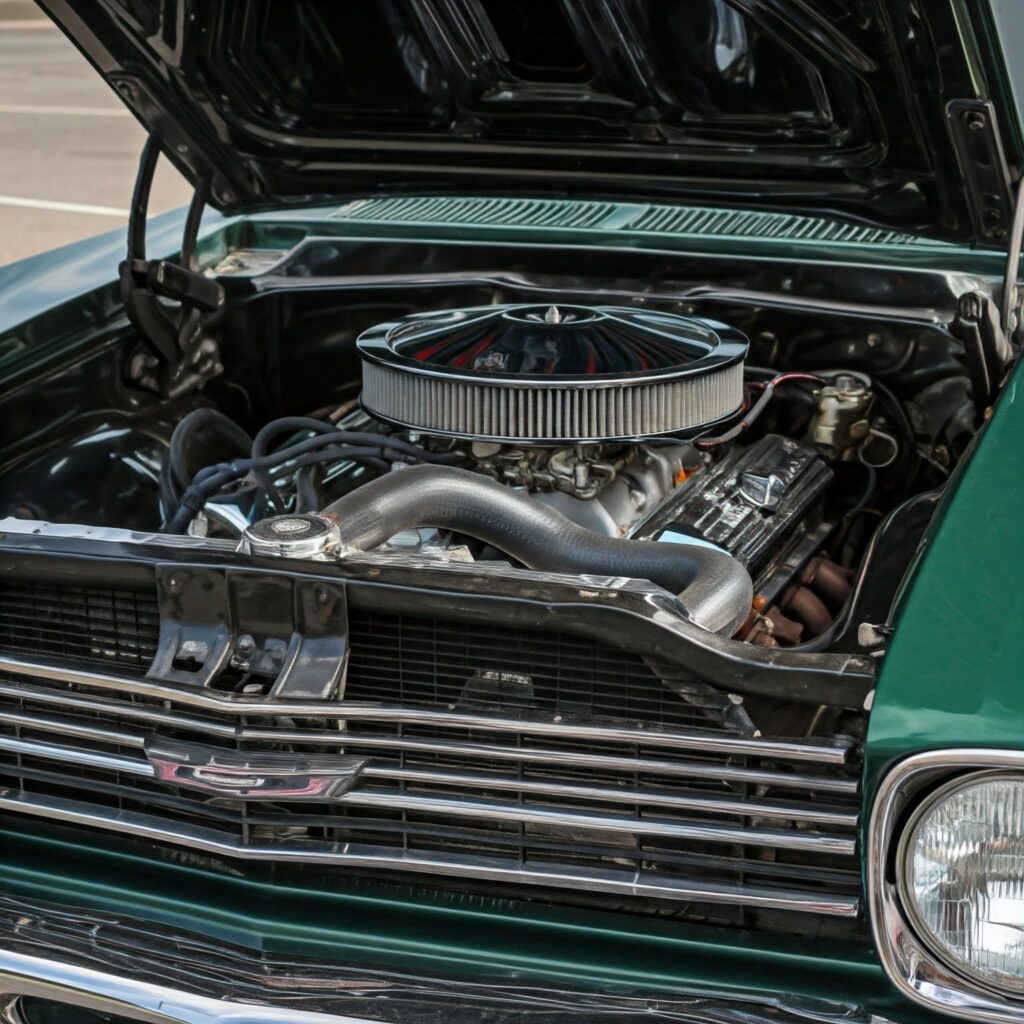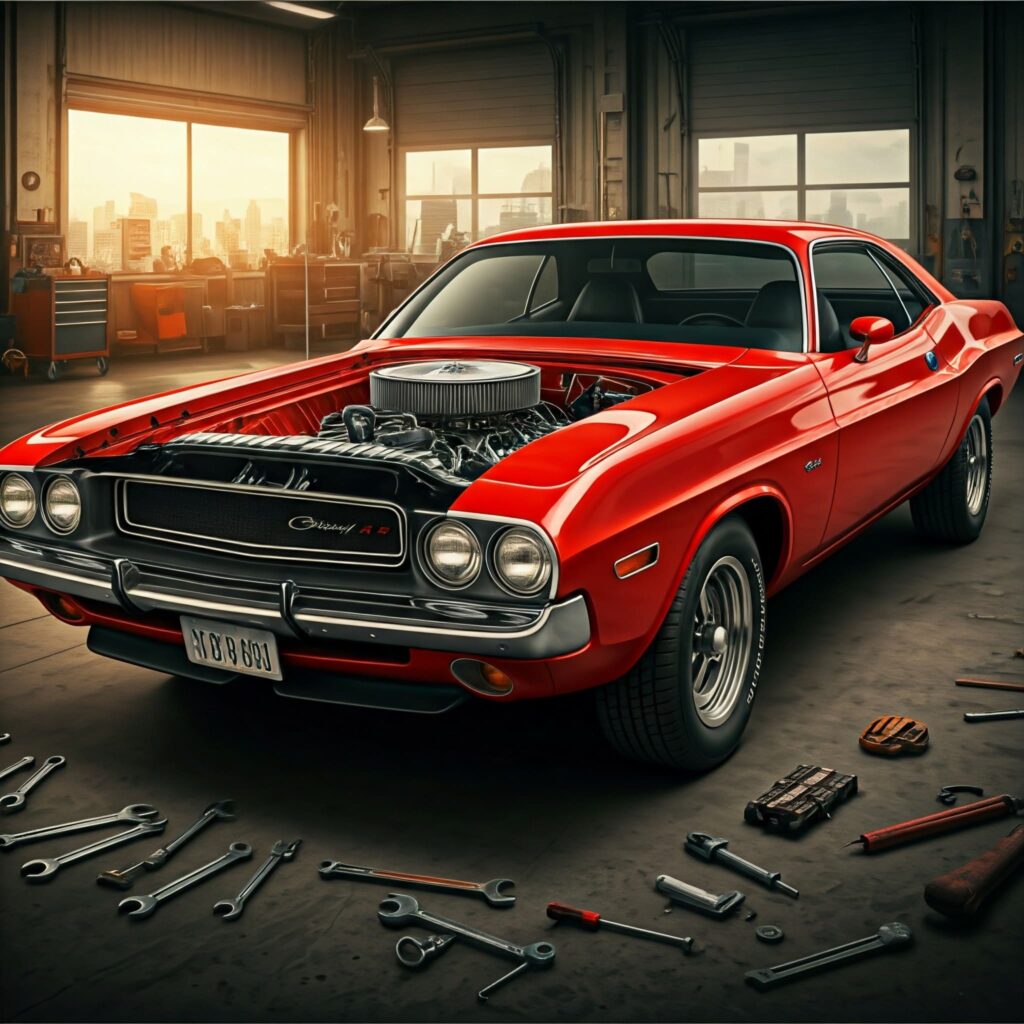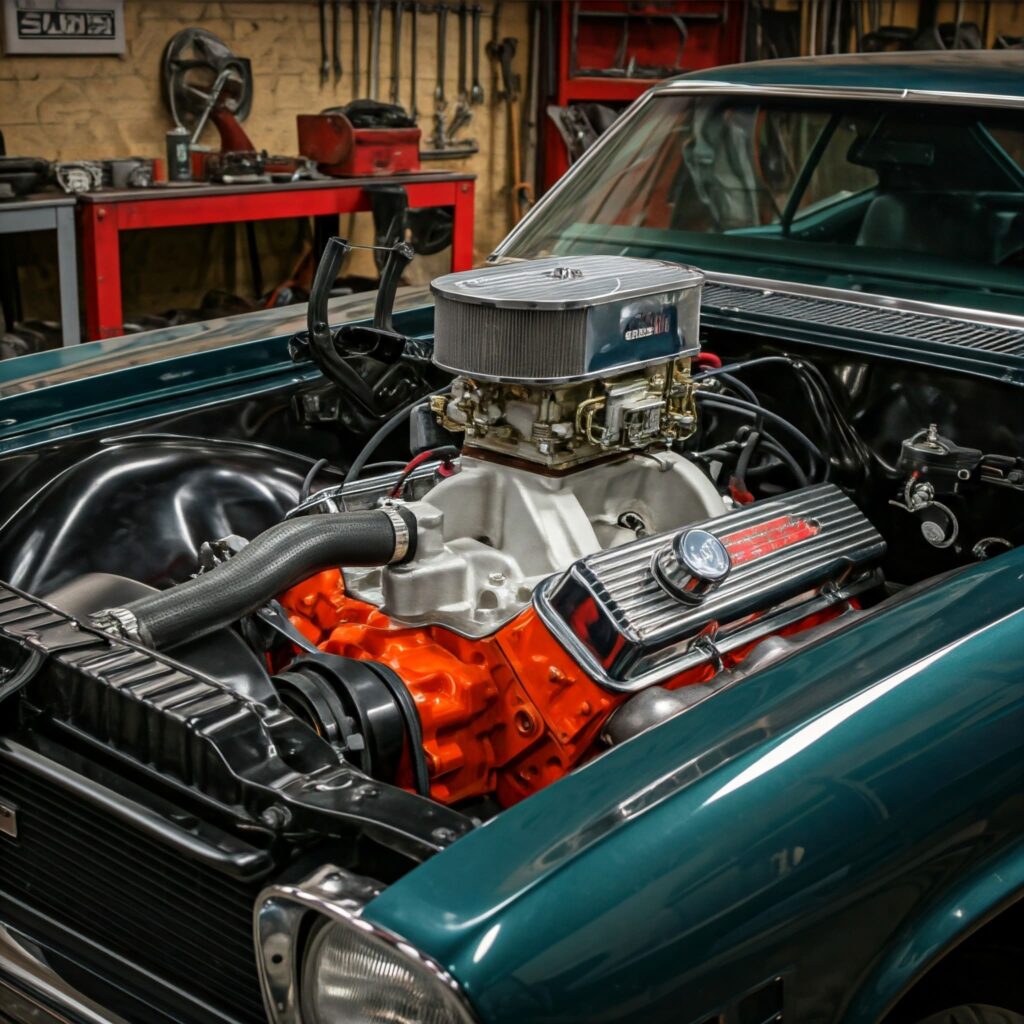Breaking in a newly built engine is one of the most vital yet often misunderstood processes in engine maintenance. Regardless of whether you’re working with a high-performance build or a standard rebuild, the proper break-in process sets the foundation for optimal performance, durability, and efficiency. This guide delves deeply into the steps, technical insights, and best practices for engine break-in, backed by research and expert perspectives.
What Does Engine Break-In Actually Do?
Breaking in an engine is the process of conditioning its components—piston rings, cylinder walls, bearings, and valvetrain—early in its operational life to ensure they fit and function cohesively.
Key outcomes include:
- Enhanced Compression: Proper piston ring seating directly impacts the engine’s power and efficiency.
- Reduced Wear: Early wear particles are expelled through oil changes during the break-in phase.
- Improved Oil Control: Ensures the engine minimizes oil consumption over time.
- Thermal Stability: A correctly broken-in engine dissipates heat more effectively under stress.
Skipping or rushing this process may lead to issues like insufficient ring sealing, oil blow-by, and accelerated engine wear.
Step-By-Step: How to Break in a Newly Built Engine
1. Pre-Start Checklist
Before starting the engine for the first time, preparation is critical:
- Inspect All Components: Double-check bolts, gaskets, coolant lines, and fuel rails.
- Prime the Oil System: Use a preluber or spin the oil pump to ensure oil circulates through bearings and journals before ignition.
- Verify Fluid Levels: Confirm the engine is filled with break-in oil and proper coolant levels are maintained.
2. The Critical Initial Run
The first 20 minutes are essential for the engine’s longevity:
- Start the engine and immediately hold RPMs at 1,500–2,000 to ensure adequate oil pressure for component lubrication.
- Avoid prolonged idling, as it can cause incomplete piston ring seating, leading to glazing of the cylinder walls.
3. Early Oil Change
After 20–30 minutes, drain the oil and replace the oil filter. This step removes metal debris created during the early wear-in period. Failing to perform this oil change risks recirculating contaminants that may damage the engine.
4. Load Variation Driving
After the initial run, the real break-in happens during the first 500–1,000 miles. Follow these guidelines:
- Vary Engine Load: Use light to moderate accelerations and decelerations to apply varying pressures on the piston rings. This ensures even wear patterns.
- Avoid High RPMs: Keep RPMs within the manufacturer’s recommendations, usually no more than 4,000. Avoid redlining.
- Do Not Tow or Haul: Heavy loads place undue stress on components before they are seated.

Choosing the Right Oil for Engine Break-In
Oil selection during the break-in phase generates industry-wide debate, especially over whether to use synthetic or conventional oils. Here’s what matters:
Conventional Break-In Oils
- Typically feature reduced detergents to promote “controlled” wear for piston ring seating.
- Include additives like zinc dialkyldithiophosphate (ZDDP) for enhanced protection of components like flat-tappet camshafts.
Synthetic Oil Controversy
Many experts advise against using synthetic oils during break-in due to their superior lubricating properties, which reduce friction to such an extent that proper ring seating can sometimes be hindered.
Several manufacturers, however, design synthetic oils specifically for break-in purposes. For example:
- AMSOIL Break-In Oil: Specifically engineered for high-performance engines, containing optimized levels of ZDDP to protect camshafts and lifters.
- Royal Purple Break-In Oil: Offers film strength and particle retention, suitable for seating components efficiently.
- Driven Racing Oil BR30: A popular choice among builders for its balance of protection and wear allowances.
Comparing AMSOIL With Industry Alternatives
While AMSOIL is renowned for its advanced synthetic formulations, it’s essential to evaluate it alongside other top brands to provide objective insights.
| Brand | Key Features | Best Use Case |
| AMSOIL | High thermal stability, high ZDDP levels for flat-tappet protection. | Custom-built engines and performance builds. |
| Royal Purple | Reduces friction and preserves cleanliness during break-in. | Broad applications, including street engines. |
| Mobil Delvac Elite | Designed for diesel break-ins; optimal for heavy-duty rebuilds. | Diesel-based applications. |
By presenting balanced comparisons like this, readers can make decisions tailored to their engine types.
Debunking Common Break-In Myths
The world of engine break-in is rife with myths that can mislead enthusiasts. Let’s address a few:
- “Synthetic Oil Can’t Be Used for Break-In.”
While conventional oil remains the preferred standard, specially formulated synthetic break-in oils perform just as well in certain high-performance applications. - “You Should Baby the Engine During Break-In.”
Overly cautious driving may hinder proper piston ring seating. Moderate acceleration and deceleration are necessary. - “Once the Initial Break-In is Done, I’m Good.”
The break-in process extends well beyond the first oil change—typically the first 500–1,000 miles require controlled driving.

FAQs About Engine Break-In
Q1: How long does the break-in period last?
The duration varies, but most experts suggest following a break-in process for at least the first 500–1,000 miles. Refer to your engine builder’s recommendations.
Q2: Can I use regular oil filters during break-in?
Yes, but consider using high-quality filters designed to capture finer particles created during the initial wear.
Q3: Is the break-in process different for performance engines?
Yes, performance engines typically require more conscientious break-in practices and may benefit from specialized oils, such as AMSOIL Break-In Oil or Driven Racing Oil.
Conclusion
Breaking in a newly built engine isn’t just a recommendation—it’s essential for ensuring peak performance and longevity. By understanding the technical needs of this process, using the right oils, and applying controlled driving techniques, you can confidently set up your engine for success.
Adopt a methodical approach, follow manufacturer recommendations, and prioritize quality to protect your investment. Above all, remember that proper break-in is not about luck—it’s about diligence and expertise.
Looking to expand your understanding of engine break-in techniques? Check out this detailed video guide from HP Academy here. It offers expert advice and practical tips to ensure your engine operates at peak performance.
